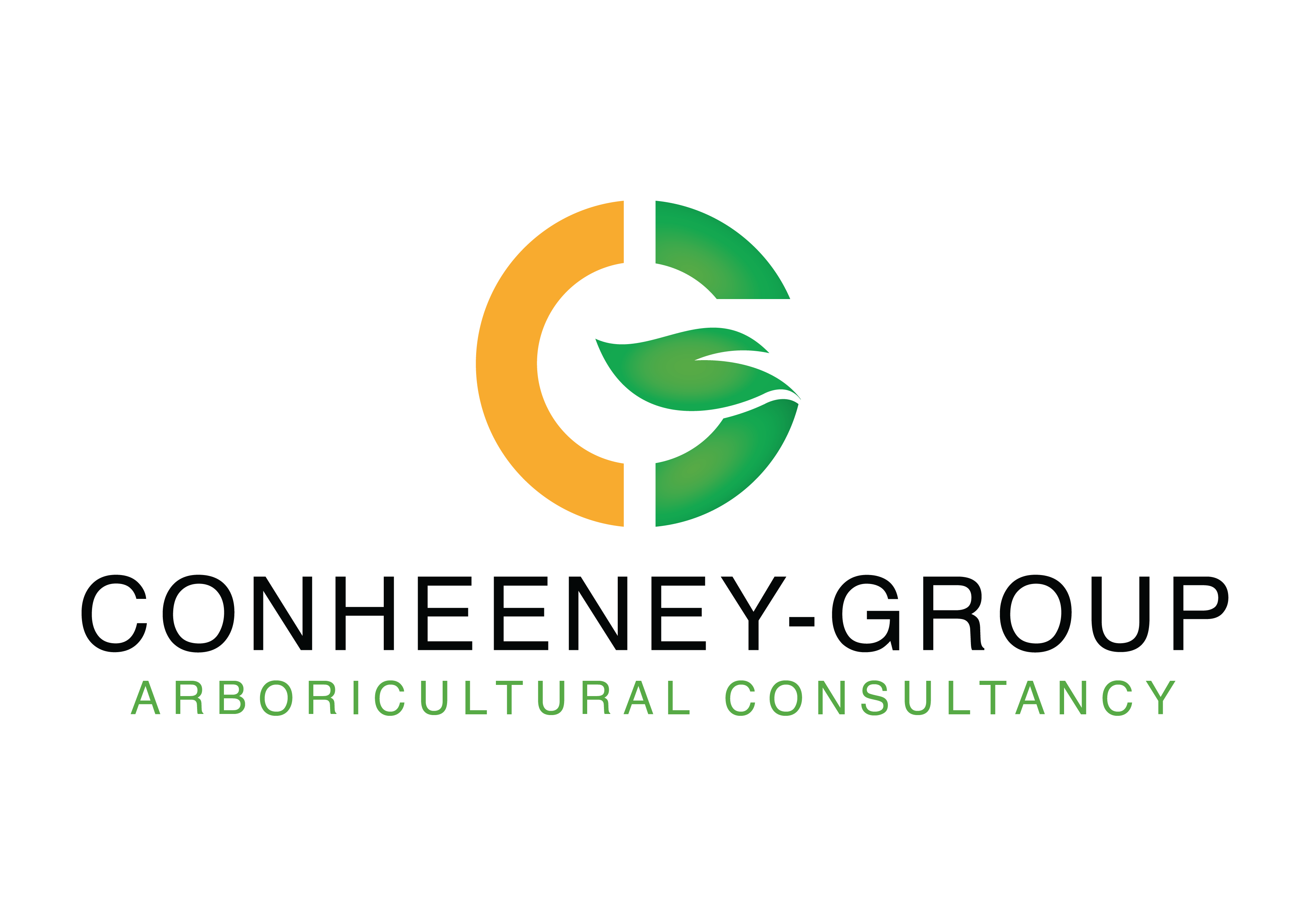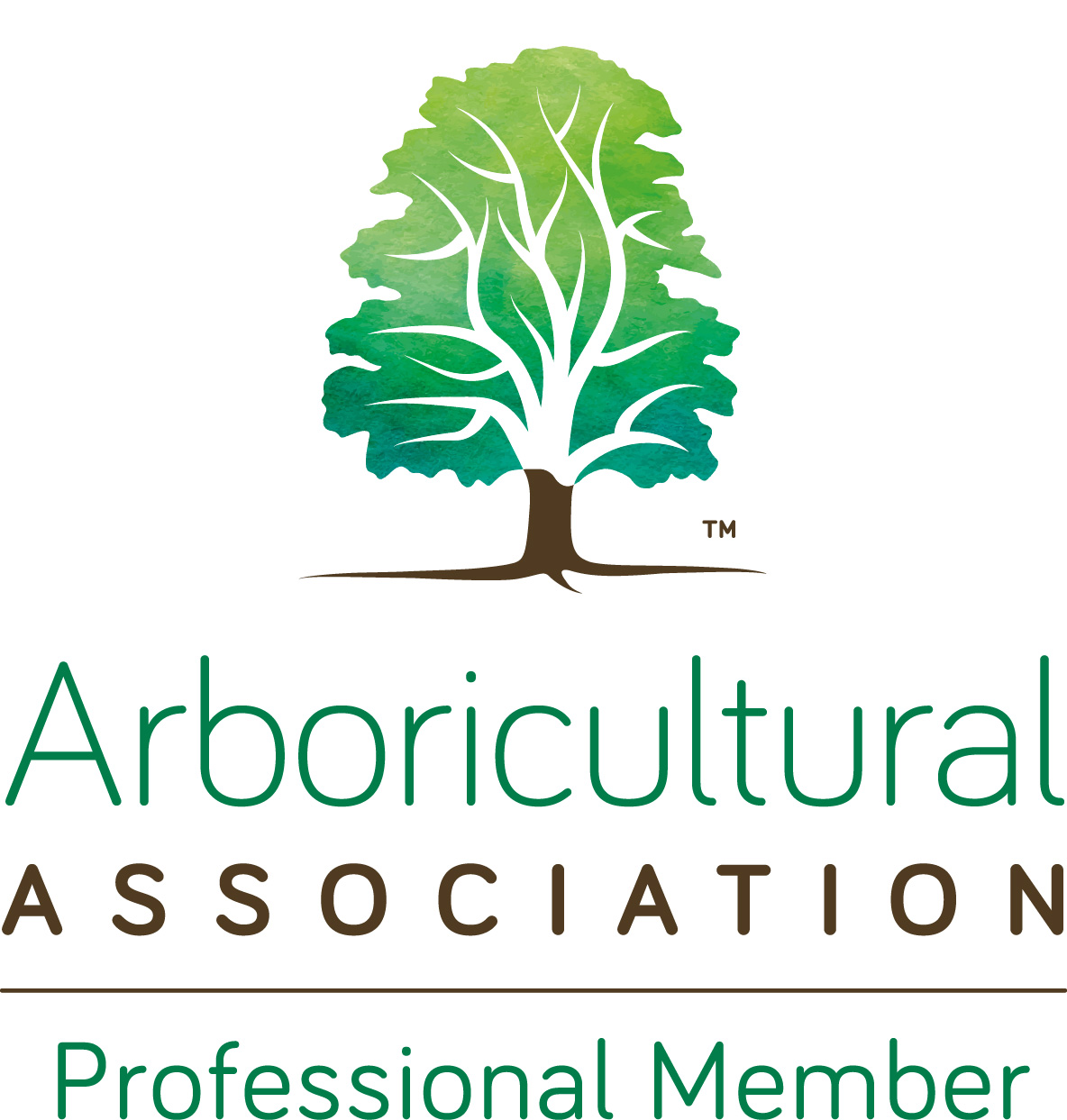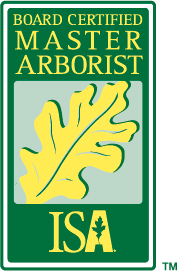Arboricultural expertise providing tree advice, tree surveys & tree reports
- Absolutely No Obligation
- 25 Years National & International Experience
- Bespoke Reports & Unique Knowledge
- Money Back Guarantee
- Domestic & Commercial Undertaken
- Prompt Reliable Service
- National Coverage
Frequently Asked Questions
Arboricultural tree surveys and reports are essential for a variety of reasons, here are some of the most popular:
1. Managing tree populations: Understanding the tree populations under your control as an asset for budget allocation, health & safety, and maintenance requirements.
2. Health and Safety: Assessing the safety risks posed by trees to people and property and identifying remedial measures to mitigate such risks.
3. Planning Permission: For planning applications, the local authorities require tree surveys and reports to consider the impact on trees within the boundaries of the development and the surrounding area.
4. Tree Preservation Orders: Local authorities can implement Tree Preservation Orders, which require tree surveys and reports to assess the health and condition of trees and help decide whether to grant or refuse permission to prune, fell or remove them.
5. Property Purchase: Assessing the condition of trees on a property before a purchase agreement is finalised can help identify any potential risks, hazards, or costs associated with care or maintenance of the trees.
6. Insurance: Arboricultural tree surveys and reports are used for insurance claims when damage or loss is suffered as a result of trees.
Tree surveys are an essential tool for people managing tree populations, i.e., local authorities and land managers, because it provides them with accurate and detailed information about the trees in the area. By conducting a tree survey, managers can fulfil their legal duty of care and collect data on the tree species, location, size, and health of each tree under their responsibility, as well as budget for any maintenance requirements to minimise nuisance issues and maximise tree safety, thus, tree managers use tree surveys to make informed decisions about how to care for and maintain the trees in the future.
Tree Inspections are a 360-degree visual inspection of one or more trees and their surrounding rooting environment in order to assess the health and structural condition of the tree with a greater degree of scrutiny than expected from a tree survey. Tree inspections may accompany a tree survey, which will have identified trees with features requiring a closer inspection. Tree inspections are often commissioned by large and small landowners, local authorities, housing authorities or anyone wishing to dispose of their legal duty of care.
Hazards from trees. While the overall risk to safety from trees is considered extremely low, it is incumbent upon tree owners under civil and criminal law to take reasonable steps to avoid acts or omissions that may result in a foreseeable risk of harm to persons or property. This duty of care is owed by the duty holder, to anyone within the vicinity of the tree be they on or near the land on which the tree grows. The duty holder is the person who has control over the management of the tree regardless of whether they own, manage, occupy, license or lease the land on which the tree stands. Typical examples of duty holders are government bodies (i.e., Local Authorities), land and estate owners, housing associations and private individuals. Further information can be found here.
Tree preservation orders (TPO) Trees with tree preservation orders are subject to specific regulations that limit the type and extent of work that can be carried out on them. A tree survey is necessary to understand the specific limitations of the tree, to identify any potential hazards that could cause harm or damage and to evidence and justify to the LPA the need for any tree works. For more on TPOs click here.
Conservation areas trees in conservation areas have legal protection, and a survey can identify whether they are within the defined boundary. The local council are responsible for granting consent for any work to be carried out, and a survey is a vital first step to ensure compliance with regulations. More information can be found here.
People needing planning consent may need a BS 5837 survey because trees on or near the proposed development site can impact the planning decision. Local authorities are responsible for protecting trees and require tree surveys to assess the condition of trees and their potential impact on development. A BS 5837 survey will provide detailed information about the tree species, age, size, and health, as well as the tree’s root system and proximity to structures. This information is crucial for the planning process to determine the appropriate measures to protect the trees during construction, avoid damaging roots, and ensure the development does not negatively impact the tree’s health, stability, or safety. Furthermore, tree surveys will assist in identifying trees that should be retained and any necessary compensatory planting to offset the loss of trees during development. Ultimately, a BS 5837 tree survey can help speed up the planning process and prevent planning applications from being delayed or rejected.
Trees can pose a risk to properties in the form of falling branches or uprooted trunks during storms or high winds. This can cause damage to buildings, cars or other structures. To ensure that the property is safe and insurable, mortgage lenders and insurance companies may require a tree survey to assess the risk from trees on the property.
Secondly, mortgage lenders and insurance companies may require a tree survey to ensure that trees on the property are not affecting the potential value of the property. Large or poorly maintained trees can block natural light, reduce kerb appeal, or cause damage to drains or foundations. A tree survey can identify any issues and provide recommendations on how to address them.
Tree consultation services are bespoke. There are a lot of variables that go into pricing for a tree survey, inspection or report making no two surveys or inspections the same which is why we offer a free no obligation quotation service based on your specific requirements. However, we understand that having a starting point can be helpful, so we offer the following guidance;
Tree inspection fees start at just £199.00
Surveys for planning start at just £249.00
Mortgage reports start at only £349.00.
Why Choose CGAC?
Unbeatable Standards
CGAC are a service first company and proud to be a professional member of the primary industry-leading bodies, and as such, we're not only held to the highest industry standards of professionalism and ethics but constantly strive to exceed them.
Satisfaction Guaranteed
CGAC stand by their promise that the tree and ecology surveys and reports we produce will fulfil their purpose, or we'll give you your money back.
Competitive Quotes
At CGAC we provide competitive fixed price quotes with no hidden fees, and we have access to high level consultants based throughout the UK, meaning travel costs are kept to a minimum with the savings passed to you.
The Services We Offer...
Tree surveys are usually conducted for tree asset management with a general assessment of risk. Tree asset management surveys aim to deliver information about the condition and value of trees in a given area. The survey includes location, species, size, age, condition, and maintenance requirements for all trees on a site. This information assists in allocating budgets and resources for ongoing tree care and management.
Tree inspections take a closer 360-degree examination of one or more individual trees, often as a result of something observed during a tree survey and involving the use of hand tools to determine certain conditions e.g., hollowness, with more in-depth tree risk assessments done to identify potential hazards posed by the tree. The assessment considers the condition of the tree, including its structural integrity, proximity to people and property, and the likelihood of failure.
Tree diagnostics or investigations are highly specialised and detailed studies of a particular issue with a tree (i.e., decay) that often use specialised equipment to get accurate readings of a tree’s internal structural and/or physiological condition. Tree diagnostic tests can help determine with strong confidence whether important trees represent an unacceptable level of risk and can inform what the correct level of management procedure would be to mitigate that risk. The results are often used to demonstrate to stakeholders the reasons why certain somewhat controversial measures have been taken.
CGAC are specialists in all three of these areas and have international experience with a range of survey, inspection and diagnostic testing equipment.
A BS 5837 tree report is a document that assesses the impact of development on existing and proposed trees and provides guidance on how to manage them within the development site. It is a standard process that is used in the UK by architects, developers, builders, and local authorities to ensure that trees are protected during construction work and that new developments are designed in consideration of the existing trees.
The report will typically include one or more parts including,
Tree Constraints Plans (TCP) – A way to spatially present to the developer any Arboricultural constraints that were identified in order to inform the design process as to what part of a site is considered developable and what parts might need to be reserved in the interests of trees and amenity.
Tree Protection Plans (TPP) – A way to spatially present where tree protection barriers are to be sited around any trees to be retained in order to preserve them for the benefit of the final post construction design.
Arboricultural Impact Assessments (AIA) – A report, frequently required by local planning authorities (LPAs), identifying the impacts that might arise from a certain design proposal.
Arboricultural Method Statements (AMS) – Where a design incurs Arboricultural impacts an AMS informs how they might be mitigated or compensated for.
The report will also identify any trees that may need to be removed and provide guidance on replanting to ensure that the site maintains adequate tree cover after construction is completed.
A BS 5837 tree report is essential for obtaining planning permission for any development that may affect trees, ensuring that the development is sustainable and environmentally responsible. By commissioning this report, developers can demonstrate their commitment to sustainable development.
An Arboricultural Mortgage report provides detailed information about trees or vegetation that may impact the property value or pose a risk to the property. The report may include tree attributes and site location information and the potential risks associated with them, such as falling branches or root damage to buildings or underground utilities.
Mortgage lenders may request such reports as part of their due diligence process to assess the potential risks that may impact the property’s value and the safety of occupants. Additionally, homeowners may commission an Arboricultural Mortgage report as part of their own assessment of the value and potential risks of their property, particularly if they plan to sell or make changes to the property or its landscaping.
Tree insurance reports are often needed for insurance claims to assess the risk posed by trees or to investigate the cause of damage to property or harm to people. Although trees add value to landscapes and the environment, there are ways in which trees can cause harm such as through structural tree failure, indirect damage i.e., subsidence, and direct damage i.e., contact with neighbouring properties. A tree survey helps identify potential hazards or defects in trees that may increase their risk of falling and causing damage. Having a tree survey and report completed before an event that causes damage provides insurers with documented evidence to justify claims and identify potential liability.
A woodland management plan is a document that outlines the goals, objectives, and actions needed to manage a woodland area sustainably. It typically includes information about the land, such as its size, location and type of vegetation, as well as details of any resources and potential threats to the land.
A woodland management plan is important for individuals or organizations who own or manage woodland areas as it helps to ensure that the land is managed in a sustainable way. This can involve the planting of new woodland, harvesting of timber and managing wildlife habitats. A plan can help to guide decision-making regarding the appropriate course of action for the woodland, given the resources and requirements of the surrounding area. It can also help to improve the biodiversity of the land and prevent damage to its ecosystem by ensuring actions are taken in the right way at the right time. Overall, a woodland management plan can help to promote the long-term sustainability and health of the woodland.
Ecological land assessments are important tools used to examine the ecological habitat of a specific area and identify any potential environmental impacts of a development project. A preliminary ecological assessment (PEA) is typically the first stage of the assessment process, focusing on identifying any protected or notable species present in the area and determining their potential habitat. Bat and badger habitat assessments are more specific assessments that examine the potential impact of a project on these particular protected species.
You might need an ecological land assessment for several reasons, including compliance with environmental legislation or planning regulations. Depending on the results of the assessment, it may be necessary to modify the proposed development to minimize its impact on the local environment or undertake additional surveys or mitigation measures to protect particular species or areas of habitat. Ultimately, an ecological land assessment can help ensure that any development project is sustainable and minimizes its impact on the environment. CGAC has access to high level professional ecologists who can fulfil your project needs, why not contact us for advice and a free no obligation quotation.
Veteran and ancient tree assessment
The process of preserving and maintaining trees that have reached an advanced age or have cultural/historical significance is known as veteran and ancient tree management. This type of management should be informed by specialised assessment techniques and tools, combined with knowledge of the particular species of tree and its ecosystem. Effective veteran and ancient tree management are essential for preserving our natural heritage and maintaining healthy ecosystems. By ensuring that these trees are well-managed and protected, we can ensure that they continue to provide benefits such as carbon sequestration, habitat and biodiversity, and cultural and aesthetic values for generations to come.
Who is this service for?
A CGAC veteran and ancient tree assessment would be needed by anyone responsible for managing trees that are considered to be veterans or ancient. This might include land managers, local councils, heritage organizations, and individuals who own land with significant trees. Our specialist assessment would evaluate the current health and structure of the tree, identify potential risks or hazards, and provide recommendations for preservation and management strategies.
Tree diagnostics and investigations
The assessment of specific tree concerns often requires the use of advanced knowledge and specialised tree diagnostic techniques and equipment to confidently apply management recommendations. For example, advanced decay detection techniques involve the use of specialized equipment such as sonic tomography, resistance drill, and ground-penetrating radar to identify defects inside trees, while tree root stability might use static pull tests or dynamic loading to assess the root plate. These methods are preferred over traditional visual inspection as they provide detailed information about the internal structure of trees, including the location, extent, and severity of decay or the anchorage capability of below-ground tree root systems.
Who is this service for?
A CGAC tree diagnostic assessment and report may be required by domestic and commercial clients alike. Commercially, clients include arborists, landowners, property managers, and municipal authorities responsible for public spaces with trees. The advanced decay detection techniques provide valuable information for risk assessment and decision-making related to tree health, maintenance, and removal. It can help avoid catastrophic tree failure which can lead to property damage, injury or loss of life, or provide evidence that an important tree may safely be retained. Overall, using advanced decay detection and or root stability techniques is highly recommended for anyone responsible for managing trees to ensure the safety and longevity of trees while preserving their ecological and aesthetic value.
Management and field identification of exotic tree pests and diseases
CGAC have unique, real world experience in this field, with several years spent implementing management plans in the New York City area for Emerald Ash Borer (EAB), Asian Longhorn Beetle (ALB), Oak Wilt (Ceratocystis fagacearum) amongst other exotics yet to be discovered in the United Kingdom.
Who is this service for?
CGAC are happy to liaise with agencies involved in the prevention, control and management of any of the aforementioned or other exotic pests and diseases currently found in the north-eastern USA. We can arrange trainings, talks and field identification sessions to enable the targeted use of resources for positive identification in the lab.
Customers reviews

See more reviews on:
Need more information? Contact us.
Schedule a Call on Calendly
To discuss your individual needs





